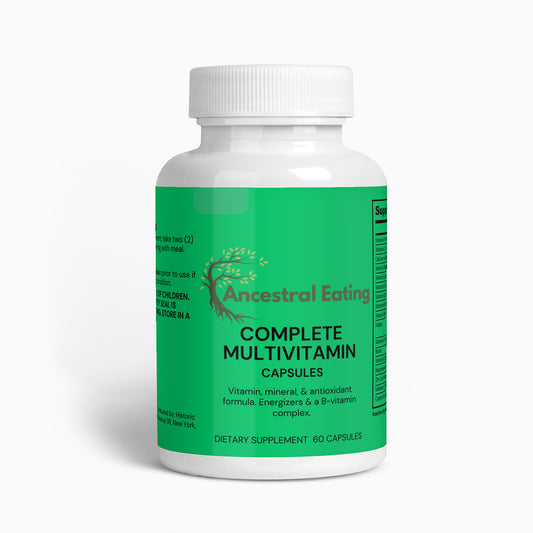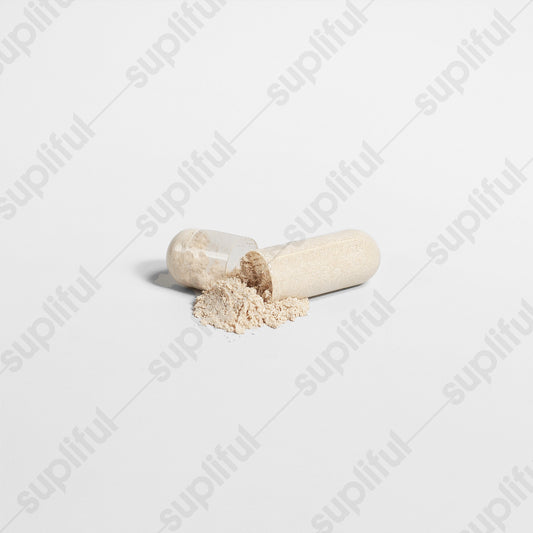Libya, located in North Africa along the Mediterranean coast, has a rich and varied culinary heritage that has evolved over centuries. Influenced by indigenous Berber traditions, Arab culture, Mediterranean diets, and even Italian colonization, Libyan cuisine is a mosaic of flavors and ingredients. Below is an overview of some foods and dishes that have been part of the Libyan diet over the past 500 years:
Staple Foods
- Couscous: A staple grain dish, often served with stews and sauces.
- Bread (Khobz): Consumed with most meals, used for scooping up foods or soaking up sauces.
- Rice: Prepared in different styles, often flavored with spices like saffron.
Proteins
- Lamb: The most commonly consumed red meat, used in stews, kebabs, and other dishes.
- Chicken: Widely consumed, often grilled or used in stews.
- Fish and Seafood: Popular in coastal regions, used in a variety of dishes.
Vegetables
- Tomatoes: Used fresh or as a base for sauces and stews.
- Potatoes: Eaten in various forms, from mashed to fried.
- Olives: Consumed on their own or used for olive oil.
Legumes and Nuts
- Lentils: Often cooked in soups and stews.
- Chickpeas: Used in a variety of dishes, including soups and salads.
- Almonds and Pine Nuts: Common in sweets and sometimes used in savory dishes as well.
Seasonings and Spices
- Cumin: A frequently used spice in Libyan cuisine.
- Paprika and Chili: For heat and color.
- Coriander: Both fresh leaves and ground seeds are used.
- Garlic and Onions: Fundamental in most savory dishes.
Traditional Dishes
- Bazeen: A dish made from barley flour dough served with a tomato meat sauce.
- Osban: A sausage-like dish made with a mixture of rice, herbs, and often lamb liver and other offal.
- Sharba: A Libyan soup usually consumed during Ramadan, made with lamb, chickpeas, and tomatoes.
- Magrood: A date-filled semolina cookie.
- Tajine: Unlike the Moroccan tagine, the Libyan version is more like a baked frittata.
Sweets and Desserts
- Baklava: Layers of phyllo pastry, filled with nuts and sweetened with syrup or honey.
- Ghoriba: A type of shortbread cookie, often made with almonds or pistachios.
- Asida: A pudding-like dish made from wheat flour, water, and salt, usually flavored with honey or date syrup.
Beverages
- Tea: Consumed frequently, often flavored with mint or other herbs.
- Coffee: Also popular but less so than tea; often served with cardamom.
- Jallab: A drink made from dates, grape molasses, and rose water, usually consumed during Ramadan.
Foreign Influences and Modern Foods
- Italian Influence: Dishes like pasta and some Italian-style pastries are prevalent due to the period of Italian colonization.
- Middle Eastern Influence: Foods like falafel, shawarma, and hummus are also popular, especially in urban areas.
- Modern Cuisine: Global foods like pizza, burgers, and fried chicken are becoming increasingly popular, particularly among younger generations.
The Libyan food landscape is diverse and reflects the country's complex history and rich cultural exchanges over the past centuries. From ancient Berber traditions to modern global influences, Libyan cuisine offers a rich tapestry of flavors and ingredients.






